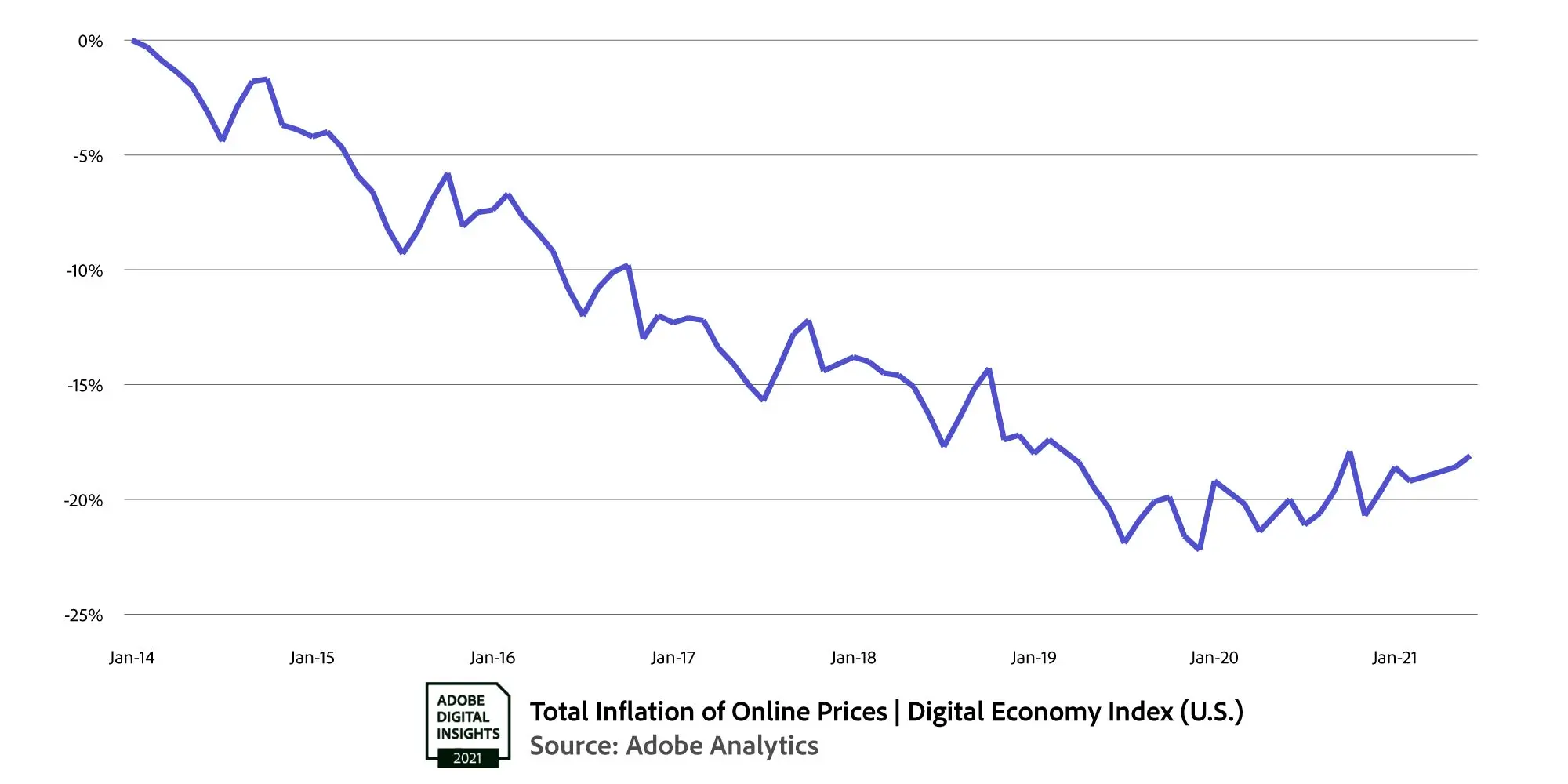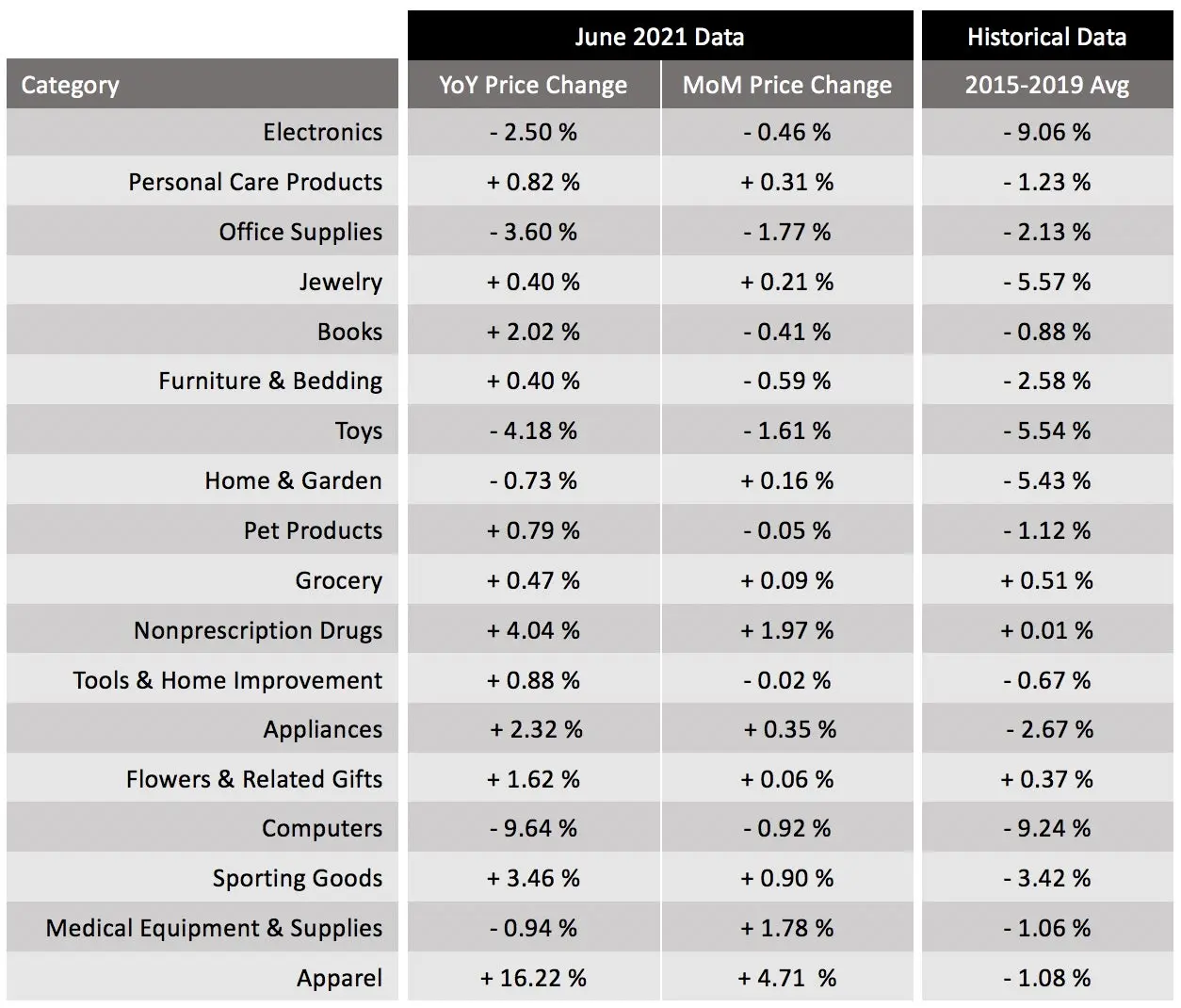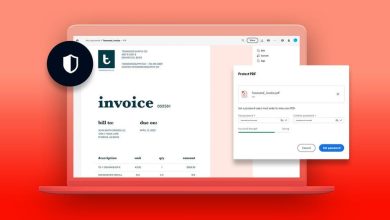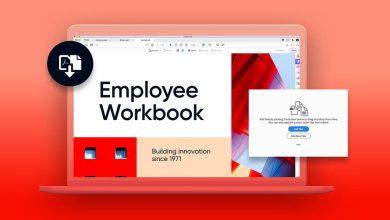Online inflation driven by Covid-19 Pandemic remains high

Adobe Stock / Dmitry Rukhlenko.
Prior to the pandemic, eCommerce followed a fairly predictable pattern: Consumers were generally able to get goods cheaper online. In fact, from 2014 to 2019, the Adobe Digital Economy Index found that shoppers were getting 25 cents more for every dollar spent through eCommerce (vs buying the same goods offline). For instance, $1,000 spent online for electronics meant $250 more worth of goods on average compared to going to a physical retail store. The onset of Covid-19 reversed this longstanding trend.
A surge in demand for eCommerce clashed with supply chain constraints, and drove prices up as a result. Consumers also embraced new categories like groceries, which came with more durable prices. In short order, stable pricing trends became much less predictable.
After a year of the pandemic, online inflation remains high — with no signs of shifting down. This comes as eCommerce takes on a greater share of overall retail, accounting now for roughly $1 of every $5 spent by consumers (up from $1 of every $6 spent in 2017). In fact, Adobe forecasts that 2022 will be the first trillion-dollar year for eCommerce in the U.S. As the volume of online shopping volume grows, retailers may have to pass on fulfillment costs or preserve margin through less discounting.
“The categories that people spent money on during the pandemic were really fundamentally different from what they were before the pandemic,” shared Austan Goolsbee, professor at the University of Chicago Booth School of Business, and former chairman of the Council of Economic Advisors (President Obama). “I think a lot of those changes are going to be permanent or at least partly permanent. Measuring the digital economy has gotten so much more important and is really vital for our measures of prices and the economy.”
Online vs. Offline Prices
The latest figures and analysis from the Adobe Digital Economy Index are below, which tracks prices and quantities purchased across 18 categories, via over 1 trillion visits to U.S. retail sites and over 100 million product SKUs.
For the month of June 2021, online prices were up 2.3 percent year-over-year (YoY), and up 0.6 percent month-over-month (MoM). Compare this to a pre-pandemic period, where in June 2019 prices online decreased 5.2 percent YoY and 1.2 percent MoM. From 2015 to 2019, prices on average fell 3.9 percent each year.
In comparison, the Consumer Price Index (CPI) (which captures offline prices) in June 2021 increased more than twice as much with 5.4 percent YoY and 0.9 percent MoM. Adobe has found that since 2014, prices in categories like sporting goods, pet products, jewelry, and furniture/bedding generally decreased online, while rising (or remaining flat) when buying in physical stores. In recent months, the gap between the two has narrowed.
Take the sporting goods category: The June CPI showed a 7.5 percent increase YoY while prices online rose just 3.46 percent — Contrast this with June 2019, when the CPI showed a 0.7 percent YoY increase in offline prices while online prices for sporting goods fell 2.3 percent. In a category like groceries, where the online audience grew significantly during the pandemic (230 percent), the CPI showed a 0.9 percent YoY increase in offline prices while online prices rose by just half as much (0.47 percent).
The 18 categories tracked by the Adobe Digital Economy Index are included in the following chart, along with the price changes in June 2021 and the average annual price change from 2015 to 2019 (pre-pandemic).
Electronics, appliances, apparel, sporting goods, home/garden, and furniture/bedding are categories that have been key drivers for online inflation in June 2021. When looking at a pre-pandemic period (2015 to 2019) it’s clear how Covid-19 changed predictable trends in eCommerce. Only three categories — office supplies, groceries and computers — have seen prices fall. Groceries, as a caveat, already had heightened prices.
“Online inflation in the electronics category is striking, as consumers are accustomed to these goods being cheaper and better with each year,” said Vivek Pandya, lead analyst, Adobe Digital Insights. “The rise in online grocery prices is also notable, as this category boomed during the pandemic and increased its share of eCommerce baskets. Lastly, the uncommon inflation happening in categories like furniture and bedding is something to watch closely, as the real estate market remains hot and consumers look to update their living spaces.”
“The Covid-19 pandemic created a massive expansion in the digital economy, with June 2021 figures showing $73.4 billion in online spend and growing 76.7 percent over a pre-pandemic period,” said Taylor Schreiner, director, Adobe Digital Insights. “Rising online prices, sustained over the first 6 months of 2021, chips away at a once-reliable boost to consumer purchasing power just as prices in the physical world creep up. If online prices remain flat or even rise, the economy would need to move forward without the shield.”
Methodology: The Adobe Digital Economy Index (DEI) uses the Fisher Price Index to track prices in the world of Ecommerce. The Fisher Ideal Price Index uses quantities of matched products purchased in the current period (month) and a previous period (previous month) to calculate the price changes by category. Adobe’s analysis is weighted by the real quantities of the products purchased in the two adjacent months. Powered by Adobe Analytics, the Adobe DEI analyzes 1 trillion visits to retail sites and over 100 million SKUs in 18 product categories. Adobe uses a combination of Machine Learning and manual effort to categorize the products into the categories defined by the CPI manual. The methodology was first developed alongside Austan Goolsbee and Pete Klenow.
Source : Adobe










